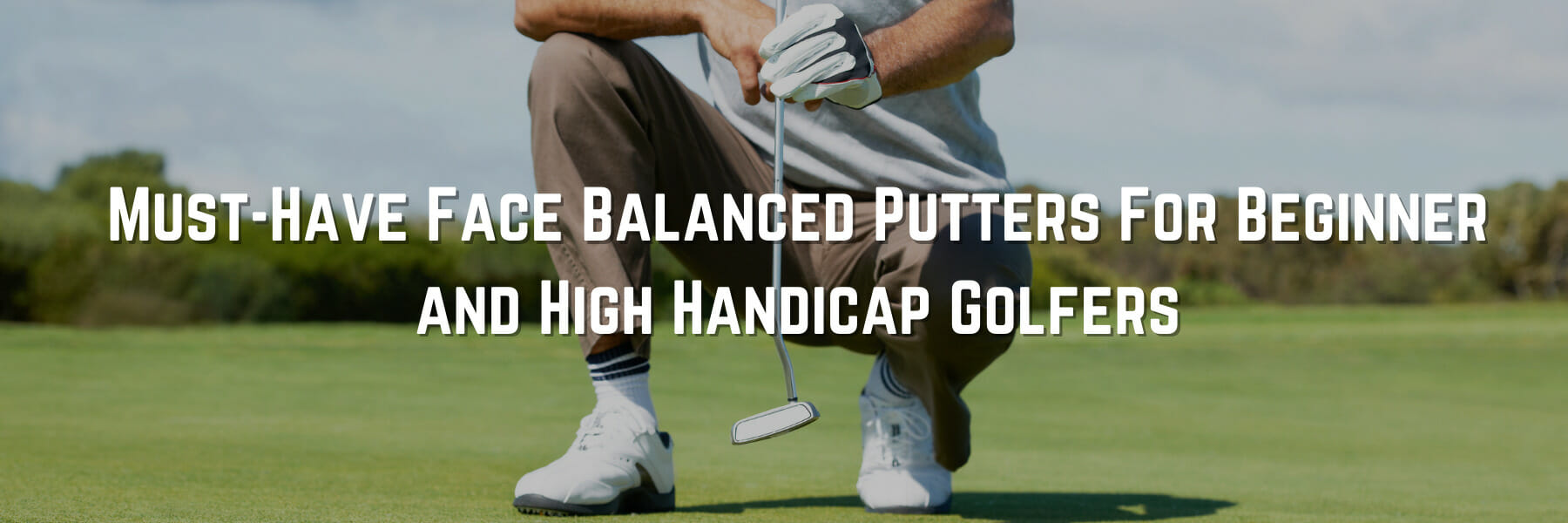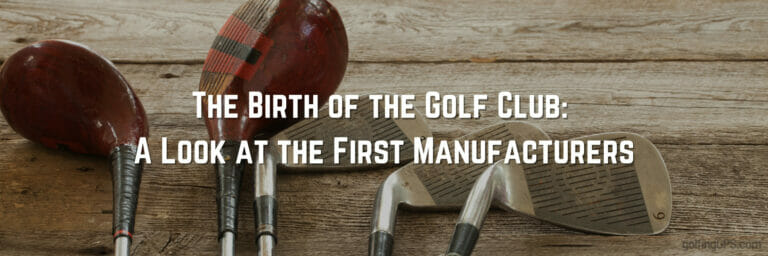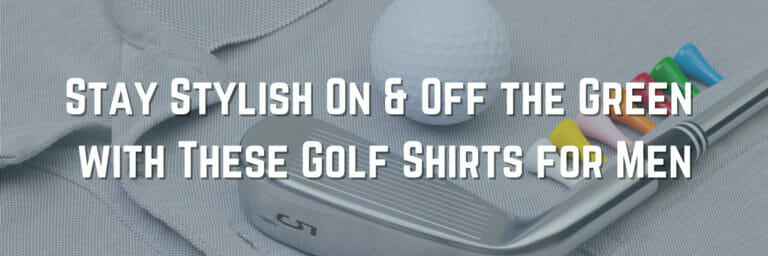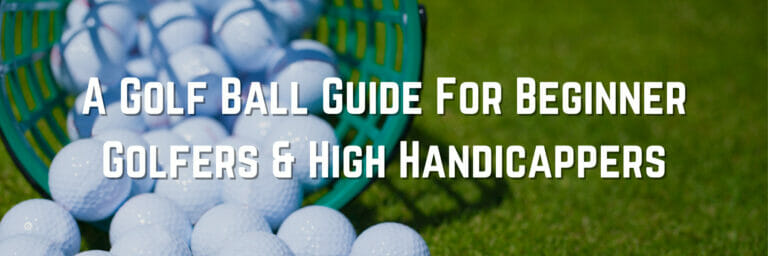Must-Have Face Balanced Putters For Beginner and High Handicap Golfers

!!!!DISCLAIMER!!!! This site may contain Amazon & other affiliate links.
This means if you click on one of the product recommendation links, this site may receive a small commission. This is at no extra cost to you and may include exclusive discounts when possible. This helps support this site and allows us to keep making content like this. Thank you for your support!
Many golfers believe that hitting a straight stroke is more comfortable and efficient. A face balanced putter, on the other hand, is an excellent alternative for certain golfers who wish to enhance their shots.
However, which of the various options on the market today is the greatest face-balanced putter? This question surfaced on numerous social networking sites, sparking numerous disputes. Then the following article will be of use to you.
We will supply you with the greatest face-balanced putters available. They are not only well-balanced putters but also a popular choice among players.
Let’s go through this topic to make sure we’re on the same page!
What Exactly Is A Face Balanced Putter?
A face balanced putter is a golf club that aids with upward strokes. It differs from the balanced toe putter in several ways.
If you’re a toe-balanced putter user, you should point your toe down while placing the face balanced putter on the finder and facing the sky.
You should choose a face balanced Putter for two main reasons:
First and foremost, the face balanced weight of the putter is shifted to the back. This feature is frequently found on big putters or mallets. On the one hand, they are very similar to traditional blades, with the exception that they are significantly wider.
The face balanced Putter is distinguished from other golf clubs by its thinner appearance and more conventional design.
In other words, this is one of the ways to distinguish a face balanced putter from a toe-balanced putter.
The face balanced Putter’s shaft design is the second factor. This design allows you to stabilize your face while directing the ball upward.
The majority of face balanced putters do not have hostels. It is synonymous with a shaft that is inserted directly into the putter head. While not all face balanced putters have this design, the majority of them do not have a hosel.
Top 5 Face Balanced Putters for Beginners and High Handicap Golfers
AT A GLANCE – THE TOP 5 FACE-BALANCED PUTTERS FOR BEGINNER & HIGH HANDICAP GOLFERS (SEE ON AMAZON) | |
1. TOP PICK: Odyssey Stroke Versa Putter | |
SPECIFICATIONS ⛳️ Odyssey Stroke Lab Putters incorporate a unique new method of weight distribution, led by the innovative new Stroke Lab shaft to improve the physical dynamics of the stroke.
| |
WHAT WE THINK: | |
A stick from the Odyssey is at the top of our list. Odyssey's items are sought after by many people, particularly professionals, as a well-known brand. And the Odyssey Stroke Versa is an excellent solution for controlling your stroke.
The Odyssey has a pristine finish in addition to having excellent performance. It has an extremely long lifespan.
| |
WHAT CUSTOMERS THINK: | |
“Damn nice putter. I’ve had many Odyssey putters as well as a few Cameron’s and I’m surprised by how good this putter feels. The initial quality seems very good and makes me feel better about the higher price tag compared to previous Odyssey lines. They did a nice job on the updated insert. It feels a little firmer than both the white hot and O works inserts but not overdone. It feels to me like there’s just a hint more feedback than what you’d get out of the other inserts. As for the new tech, it’s not super noticeable in the stroke (which is a good thing). It has the added benefits of a counter-balanced putter but without being extra heavy. In the small sample size I’ve used I have noticed my distance control has improved.
| |
PROS ✅ Reasonably priced
| CONS ❌ Not too comfortable when hitting |
SPECIFICATIONS ⛳️ Unmatched roll with our micro hinge face insert
| |
WHAT WE THINK: | |
In our selection, the Odyssey Works putter is the greatest overall face-balanced putter.
| |
WHAT CUSTOMERS THINK: | |
“Putter is an upgrade from my original Odyssey putter. Great feel and sound when putting. I’m not sinking 25-foot putts, but I’m a lot closer to the hole for very makable second putts. That is the goal after all.”
| |
PROS ✅ Insert face Microhinge
| CONS ❌ Only suitable for straight shots |
SPECIFICATIONS ⛳️ Lie = 70 degrees, Loft = 3 degrees
| |
WHAT WE THINK: | |
Ray Cook Silver SR500 is a reasonably priced face-balanced putter with a slew of exceptional features. Ray Cook is an excellent pick if you want to play your shot easily.
| |
WHAT CUSTOMERS THINK: | |
“First off this is a great putter. I was in a store using the Taylormade Spider and really liked it until I looked at the price. But I really liked the feel. I saw this Ray Cook and thought what the heck, I'll give it a try. It's outstanding. It lines up easily to the eye. The balance with the offset it has feels great. I'm not going to tell you I'm draining more putts because 3's are still showing up but with this, I'm dropping more putts from 6 to 10 feet than I ever have.
| |
PROS ✅ Great and solid design
| CONS ❌ Not suitable for high-level shots |
SPECIFICATIONS ⛳️ Tour Proven performance
| |
WHAT WE THINK: | |
TaylorMade Golf's previous Generation club boasts a spaceship-inspired shape. TaylorMade's sleek design makes it an excellent choice for professional balancing shots. TaylorMade, in comparison to the other names on our list, does not fit the more tourist-oriented stroke.
| |
WHAT CUSTOMERS THINK: | |
“This is a great putter. This is a slight variant on the putter being used by Jason Day, Dustin Johnson, John Rahm, Rory, and others. The difference between this putter and the one used on tour are as follows:
2. Face balanced - This putter is face balanced, which is for people with a "straight back and through" putting stroke. The tour versions have a "toe hang" balance, ideal for someone using an arced stroke. 3. Insert - This putter has an aluminum insert, as opposed to the much softer insert on the tour putters. This putter gives you a nice "click" of the head and has a great feel. Definitely personal preference. 4. Shaft - The tour versions have a slight offset plumber's neck, while this putter has a double bend "S" shape and the shaft goes right into the head. 5. Loft - 2.5* on this one versus 3.5* on the tour model. The extra loft on the tour version is needed to offset the slight offset in the neck. 6. Price- This one is ~$80 cheaper.
| |
PROS ✅ Ideal for professional straight shots
| CONS ❌ Not suitable for travel shots |
SPECIFICATIONS ⛳️ The "Plumber Neck" hosel on the putter is offset to help with alignment, by making sure your putt is on the right path from the start.
| |
WHAT WE THINK: | |
The Pinemeadow PGX is an excellent cheap face-balanced putter that is ideal for novices. Even if you wish to experiment with this style, the Pinemeadow Golf PGX remains our top suggestion.
| |
WHAT CUSTOMERS THINK: | |
“I was looking for a two-ball putter but also liked the claw look and feel and came across this guy. I could have spent many times more than this one but I gave it a chance. The head-on this is smaller than its more expensive cousins. I like the mesh-type putter blade too. Of course, the first putt I made on the course was a 15-foot bender for a birdie, but then the rest of this summer I kept making putts with this guy and it led me to win my local league playoffs. Someone may convince you that spending $400 for a putter will have you make more putts but for me, this budget putter is worth every penny. Yes, I would like to have a little longer shaft on this guy and a super stroke grip. I also have some paint chip off around the edges, but I keep reminding myself that it's not a super expensive putter and is holding up just fine. I'll just remember to touch the edges this winter and keep the included head cover on more often.
| |
PROS ✅ Affordable
| CONS ❌ Handle is a bit small |
Final Thoughts
Face balanced putters are ideal for golfers who have a straight back and forward putting stroke.
Our recommendations for the best face balanced putters are listed above. We hope this post has assisted you in determining the best option for you.
It’s okay if you’re spending a lot of money on a high-end decent club like the Odyssey Stroke Versa Putter, but if you’re a beginner or want to attempt a straight-hitting style, search for less expensive options like the Pinemeadow PGX.
Frequently Asked Questions
What is the benefit of a face balanced putter?
The face balanced Putter has the advantage of providing steadiness in the player’s shots. Your ball will be straighter and easier to hit if you use a low-spin shot.
That is, keep the clubface facing the target at all times. In addition, you can examine the shot’s balance. With a few touches on your fingertips, you can easily evaluate whether the ball is pointing straight up as you desire.
In general, the face balanced Putter will aid your shot by allowing it to push the ball high and fly towards the hole.
Who needs a face balanced putter?
Face balanced putters are golf clubs that are designed for golfers who prefer a straight backstroke. Because the face balanced Putter has a reduced opening and closing method while hitting the ball.
You’ll need something balanced and stable for straight-back shoots. Meanwhile, the face balanced putter features a stable design that prevents it from twisting or rotating as the ball strikes the clubface.
As a result, your shot will be more powerful than ever before. In other words, the face balanced Putter is insufficient for arching. Because the player tends to turn the clubhead when making this stroke. More twisting and turning are required.
On which tour do players employ face balanced putters?
For their shot, many tour players prefer the face balanced putter.
In practice, many professionals utilize it, although they regularly update it.
There are, of course, exceptions. Rory McIlroy is a well-known player that frequently uses the face balanced putter, and he just won the Wells Fargo Championship.
Dustin Johnson, Jon Rahm, and Jason Day are among more professional golfers who employ a face balanced putter.
What’s the distinction between a toe balanced and a face balanced putter?
The center of gravity is what distinguishes these two types of golf clubs.
The face balanced putter’s center of gravity of the putter is on the shaft, and the face is facing up. Meanwhile, the toe balanced putter’s center of gravity is not on the axis. These putts have a tendency to open and close during stroke.
Face balanced Because the putter is stable, you can hit straight shots with it. The golf club for the arch-style player is the balanced toe putter.
How to decide whether to use a toe hang or face balanced putter?
When looking for a new putter, golfers often focus on the head shape, and for good reason. It’s critical to have something that looks good. But a new putter is more than just a flashy appearance. Other elements to consider include grip size, alignment assistance, and overall length.
Another thing to think about is if you’d be better off with a toe hang or a face balanced putter. Pick up your existing putter and place the shaft on your index finger, closer to the head, if you’re not sure which category it belongs in. Adjust your finger placement until the putter is completely balanced.
After you’ve balanced the putter on your finger, look at how the “toe” — the region of the putter where the neck isn’t linked to the head — is positioned. If your toe is sagging slightly, it signifies you have some toe hang in your putter. A face balanced putter has the toe/face pointing towards the sky. The amount of toe hang in a putter is directly affected by the neck design (slant, plumber’s, etc.) and shaft bend.
Why is all of this information important? Depending on your stroke, one design may be superior to the other based merely on toe hang, or lack thereof.
With any putter, the goal is to have the face square to the target upon impact. The route you take to get there differs. A straight-back-straight-through stroke with minimal face rotation produces consistent results for some players. Then there are those golfers, such as Tiger Woods, who spin the face open-closed but still manage to make the face pretty square at impact.
Mallets are the most frequent face balanced alternative, however, toe-hang versions have emerged in recent years. So, if you have an arcing stroke, don’t rule out using a mallet. An arcing stroke, which does not return the putter head to the ball with minimal face rotation, might benefit from some toe hang.
If you find your putter opening and closing a lot during the stroke, you should consider a putter with maximum toe hang, where the toe droops a lot. Most major putter manufacturers provide minimal and moderate toe hang options, so even if you don’t have a distinct open-closed stroke, you should be able to find a putter that fits your stroke.
It’s crucial to realize that all of this information is intended to educate. Unless you’re an excellent putter who understands putter mechanics and what works and doesn’t for your stroke, you’d be better off enlisting the help of a trained club-fitter to examine your stroke. Some putter fitting specialists may be able to fit you in a putter/neck package that you would never have considered for your stroke.










